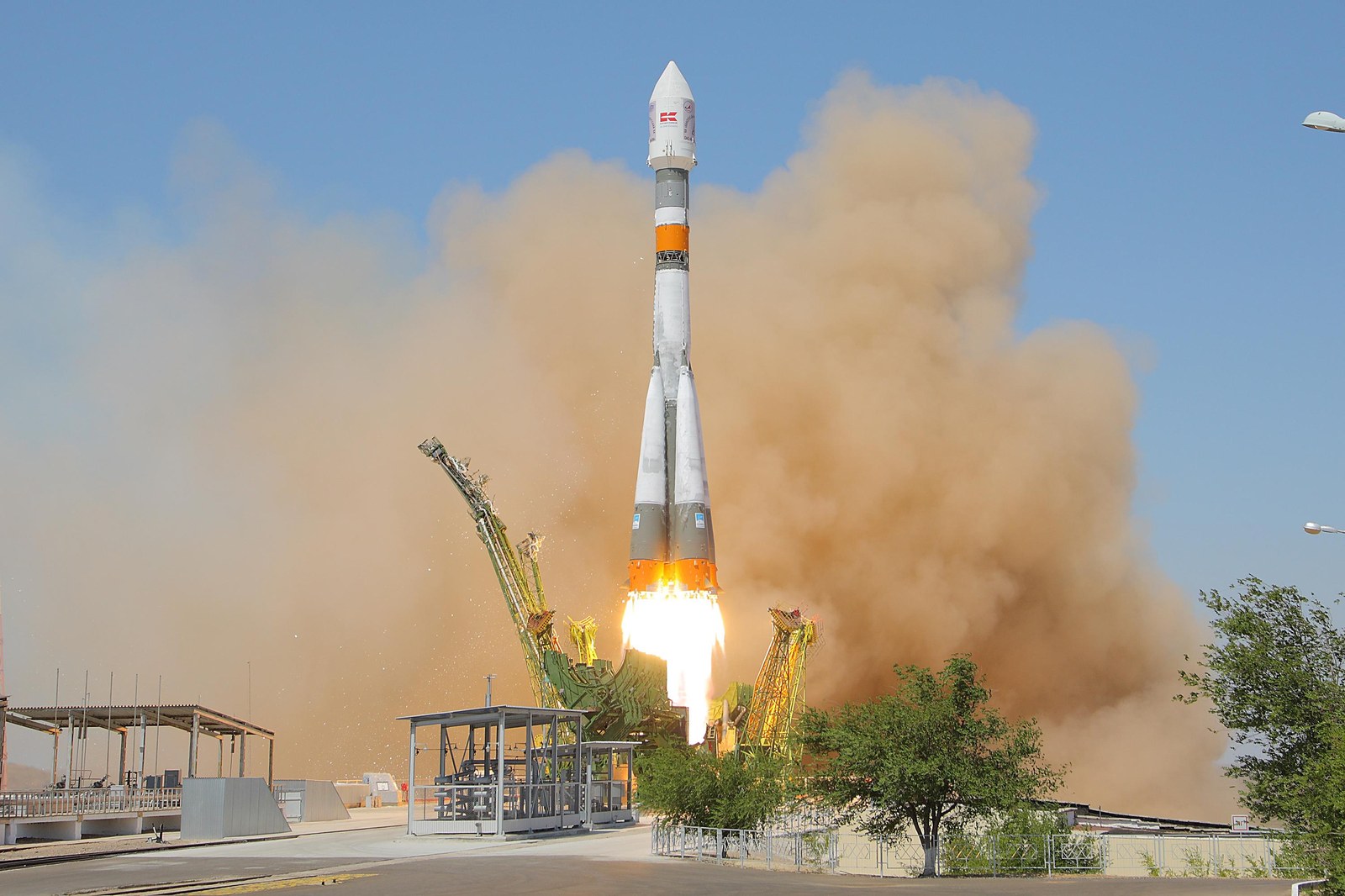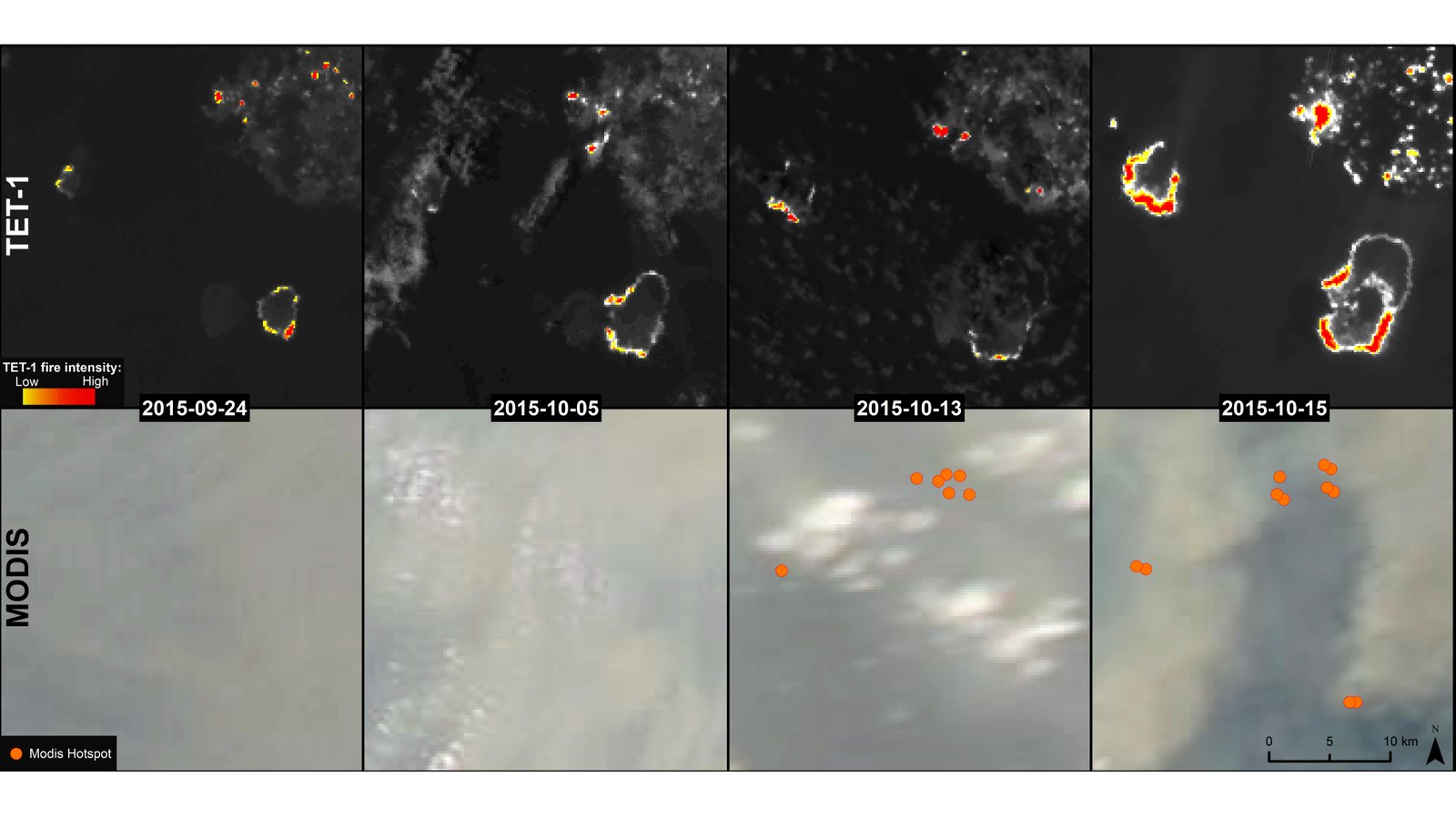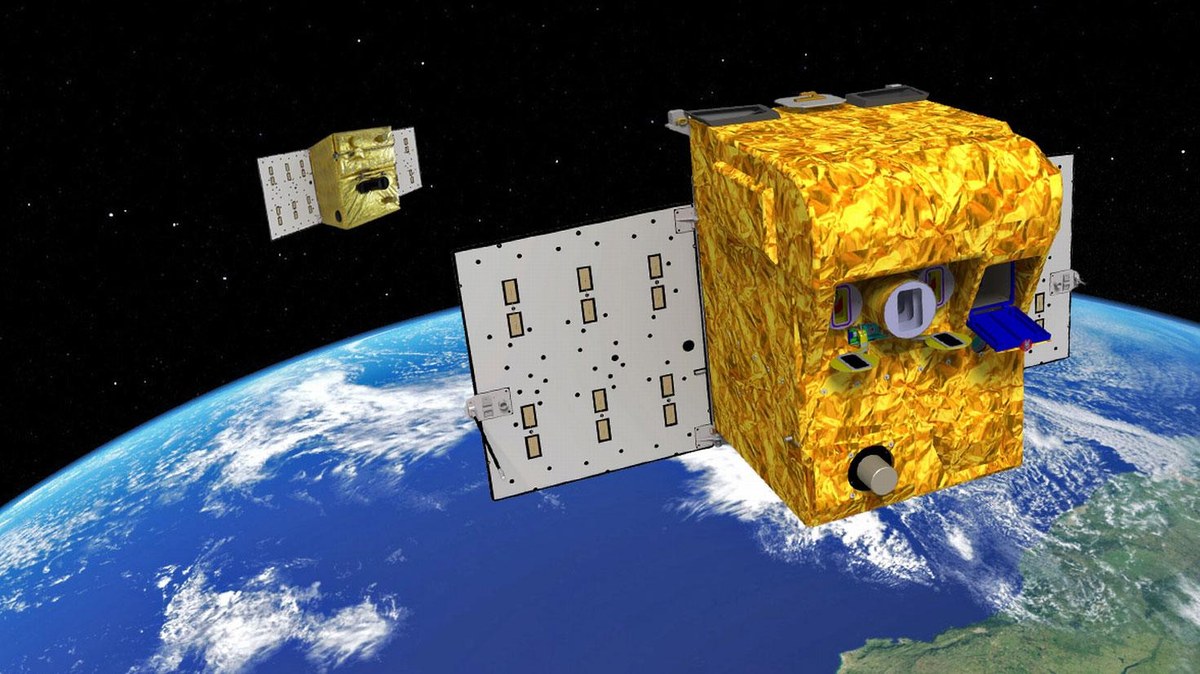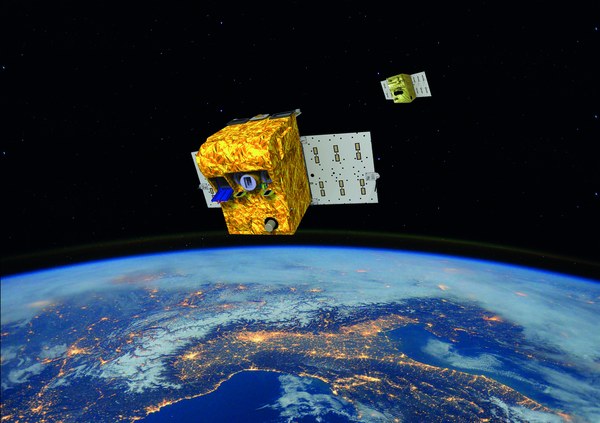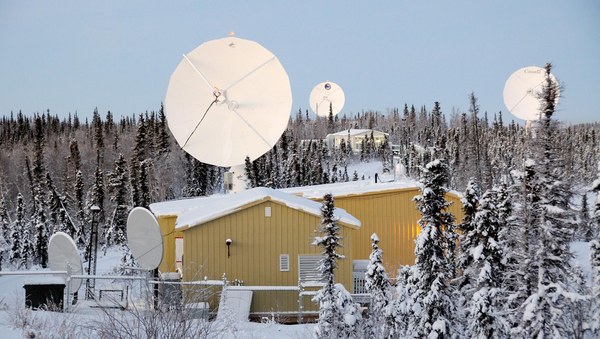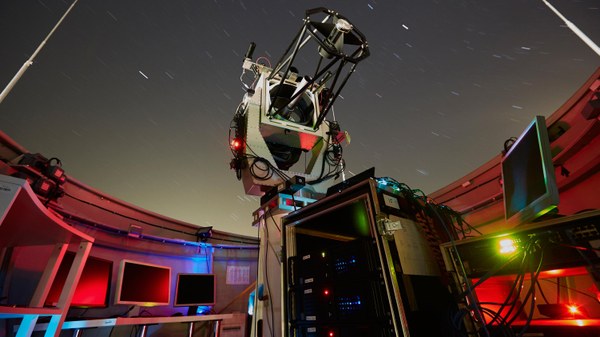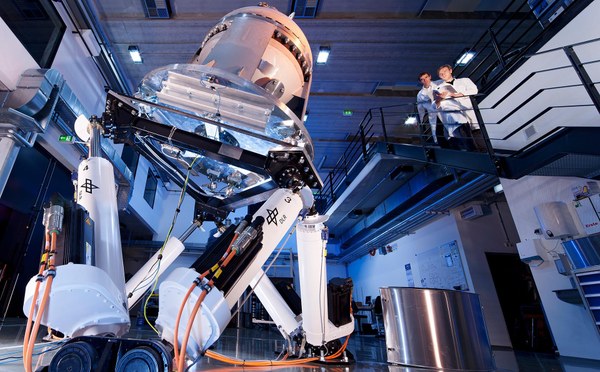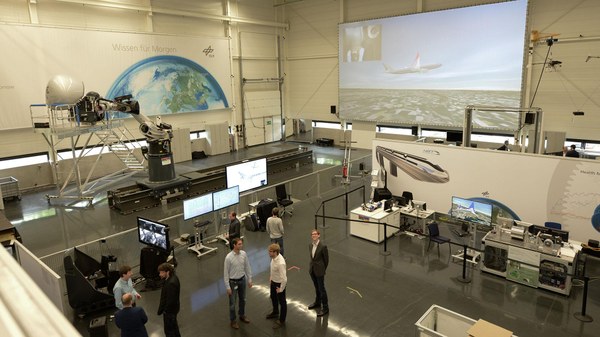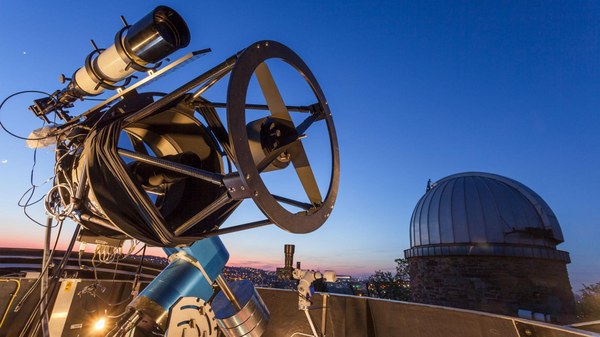FireBIRD
Forest fires and fires in savannah regions are increasing in frequency and severity across the world. According to rough estimates, between 20 and 25 percent of global carbon dioxide emissions are caused by forest fires and other uncontrolled fires. Even though some of the carbon dioxide released is bound in the regrowth of the biomass, the majority of the carbon dioxide remains in the atmosphere for decades in the course of climate change. It is expected that the frequency of forest fires will accelerate even more in future due to increasing temperatures resulting from climate change.
The fire magnifiers – fire under the microscope
The FireBIRD mission uses the two TET-1 (Technologie-Erprobungsträger 1;Technology Experiment Carrier 1) and BIROS (Bi-spectral InfraRed Optical System) satellites to detect high temperature events on Earth’s surface. They can also precisely capture small, low energy events thanks to the sensitivity of the sensors and the high precision and resolution. These might include heat irregularities such as volcanoes, burning ships, industry hotspots, gas flares, chemical heat generation and smouldering fires.
Before FireBIRD, fire detection relied on data from global Earth observation satellites. However, the resolution was relatively slow and only detected around 50 percent of fire events. The FireBIRD mission should not only detect changes in the surface temperature, but also enable knowledge of aerosols from forest fires and their effects on the weather and climate to be derived.
Because of the precision of the data, FireBIRD can both act as a fire early warning system and make an important contribution to climate research. The aim of the research is to improve the investigation of climate change as a result of carbon dioxide emissions caused by humans and be able to make better forecasts. The principal payload on the two FireBIRD satellites is infrared cameras that meet this requirement.
The advantage of heat sensors over purely visual systems is the lack of reliance on the weather and visibility conditions. Whether it is night-time, or the ground is hidden beneath smoke and ash clouds, the FireBIRD orbiters can deliver reliable location and measurement data – almost in real time thanks to the fast broadband data transfer and processing.
Ten for one mission
From Neustrelitz in north-east Germany to Weilheim in Upper Bavaria, ten DLR institutes and facilities at seven DLR sites have been and are participating with the BIROS satellite for the FireBIRD science and technology mission:
- German Remote Sensing Data Center (Deutsches Fernerkundungsdatenzentrum - DFD), as part of the DLR Earth Observation Center association of institutes (Neustrelitz and Oberpfaffenhofen) DLR Institute of Aerodynamics and Flow Technology (Göttingen)
- DLR Institute of Communication and Navigation (Oberpfaffenhofen)
- DLR Institute of Optical Sensor Systems (Berlin)
- DLR Institute of Space Systems (Bremen)
- DLR Institute of Robotics and Mechatronics (Oberpfaffenhofen)
- DLR Institute for System Dynamics and Control (Oberpfaffenhofen)
- DLR Institute of Technical Physics (Stuttgart)
- DLR Spaceflight Operations and Astronaut Training - GSOC (Oberpfaffenhofen)
- DLR Simulation and Software Technology (Braunschweig)
News
Multimedia
